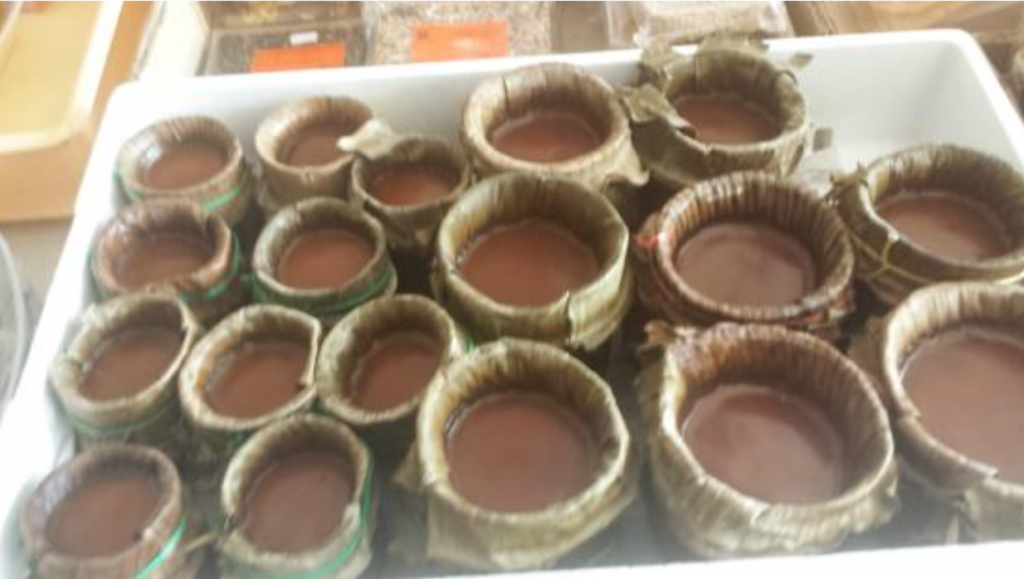The Chinese New Year Lantern Festival (Yuanxiao Festival, 元宵节) is a time-honoured tradition that
marks the grand finale of the Chinese New Year celebrations. Held on the 15th day of the first
lunisolar month, this vibrant festival symbolizes the return of spring and the reunion of families,
bringing together people from all walks of life to revel in the beauty of illuminated lanterns, folk
performances, and festive delicacies. This year, the Chinese New Year Lantern Festival falls on 12th
February 2025, as the Chinese New Year (Year of the Snake) began on 29 th January 2025.
Origins and Historical Significance
The Lantern Festival dates back over 2,000 years to the Han Dynasty (206 BCE – 220 CE). It is believed to have originated as a Buddhist tradition, where monks lit lanterns in honour of the Buddha on the 15th day of the lunar year. Over time, it evolved into a widespread celebration, blending influences from Daoist, Confucian, and folk customs.
One legend attributes the festival to Emperor Ming of the Eastern Han Dynasty, who promoted Buddhism and ordered lanterns to be lit in temples to symbolize enlightenment. Another tale speaks of the Jade Emperor sparing a town from destruction after its people lit lanterns to create an illusion
of a great fire, thus saving themselves from divine wrath.

Symbolism and Cultural Meaning
- The Lantern Festival holds deep symbolic meanings in Chinese culture:
- Illumination and Enlightenment: Lanterns represent hope, wisdom, and the quest for knowledge.
- Family Reunion: Families gather to enjoy the lantern displays, symbolizing unity and harmony.
- Warding Off Evil: The brightness of the lanterns is believed to drive away darkness and evil spirits.
- New Beginnings: The full moon on the 15th day represents wholeness and a fresh start for the year ahead.

Lantern Displays and Activities
The Lantern Festival is best known for its dazzling array of lantern displays that light up streets, parks, and temples. These lanterns range from simple paper globes to elaborate, multi-tiered structures depicting animals, deities, and mythical creatures. Some key highlights include:
- Lantern Displays and Exhibitions
• Cities such as Beijing, Shanghai, and Guangzhou host large-scale lantern fairs, featuring intricately designed, glowing installations.
• Modern LED-lit lanterns now accompany traditional handcrafted ones, creating a breath-taking fusion of past and present. - Lantern Riddles (Cai Deng Mi, 猜燈谜)
• Participants try to solve riddles written on lanterns, testing their intellect and wit.
• This tradition dates back to the Song Dynasty (960-1279 CE) and remains a favourite festival pastime. - Dragon and Lion Dances
• Lively dragon and lion dances are performed to drive away evil spirits and bring good fortune.
• These performances, accompanied by drum beats and firecrackers, add to the festival’s energetic atmosphere. - Sky Lantern Releases
• In some regions, such as Pingxi, Taiwan, thousands of glowing lanterns are released into the night sky, carrying wishes for the New Year.
Traditional Foods of the Lantern Festival
A key aspect of the festival is its special foods, particularly tangyuan (汤圆), or glutinous rice balls.
These sweet, round dumplings are filled with sesame, red bean paste, peanut, or other sweet fillings.
The round shape symbolizes family togetherness and completeness (how to make tangyuan).
Other regional delicacies include:
Jiaozi (dumplings) – In northern China, dumplings are often eaten as part of the festivities.
Sticky rice cakes (niangao, 年糕) – Representing prosperity and success in the coming year
(making niangao).



Celebrations in Other Countries
While the Lantern Festival is widely celebrated in China, it also has variations in other countries with
significant Chinese communities, each with unique customs and names:
Indonesia: Cap Go Meh
- In Indonesia, especially among the Chinese-Indonesian community, the festival is known as “Cap Go Meh” (pronounced as ‘Chup Goh May’).
- Celebrations include processions of lion and dragon dances, elaborate feasts, and traditional performances.
- In cities such as Jakarta, Medan, and Singkawang, large-scale events are held with prayers
- and cultural exhibitions.
Malaysia and Penang: Chap Goh Mei
- In Malaysia, particularly in Penang, the festival is called “Chap Goh Mei”.
- Traditionally, single women throw oranges into the sea or rivers to find a suitable partner. Watch orange throwing video here.
- Fireworks, cultural performances, and lantern displays brighten the night.
Vietnam: Tết Nguyên tiêu
- In Vietnam, the festival is known as Tết Nguyên tiêu, celebrated by both the Chinese-Vietnamese and broader communities.
- Temples are adorned with lanterns, and prayers for prosperity and health are offered.
- Special foods similar to tangyuan, called Bánh trôi, are enjoyed during the festival.
Thailand: Full Moon Festival
- The festival is widely observed in Thailand, particularly in Bangkok and Chiang Mai.
- Chinese temples hold lantern ceremonies, and people release floating lanterns on rivers for good luck.
Modern Celebrations and Global Influence
Today, the Lantern Festival is celebrated not only in China but also in various countries with significant Chinese communities, such as Singapore, Malaysia, and the United States. Large-scale events in cities like New York, London, and Sydney feature grand lantern parades, cultural performances, and firework displays, making the festival an international spectacle.
Conclusion
The Chinese New Year Lantern Festival is a magnificent celebration that brings light, joy, and unity to
millions. Rooted in ancient traditions yet embracing modern innovations, it continues to be a
cherished occasion for people to reconnect with family, honour cultural heritage, and welcome the
promise of a prosperous year ahead. Across different countries and cultures, the festival is a
testament to the enduring legacy of Chinese traditions in a globalized world.
YPT tours to China and South-East Asia:
YPT China Tours
South-East Asia





